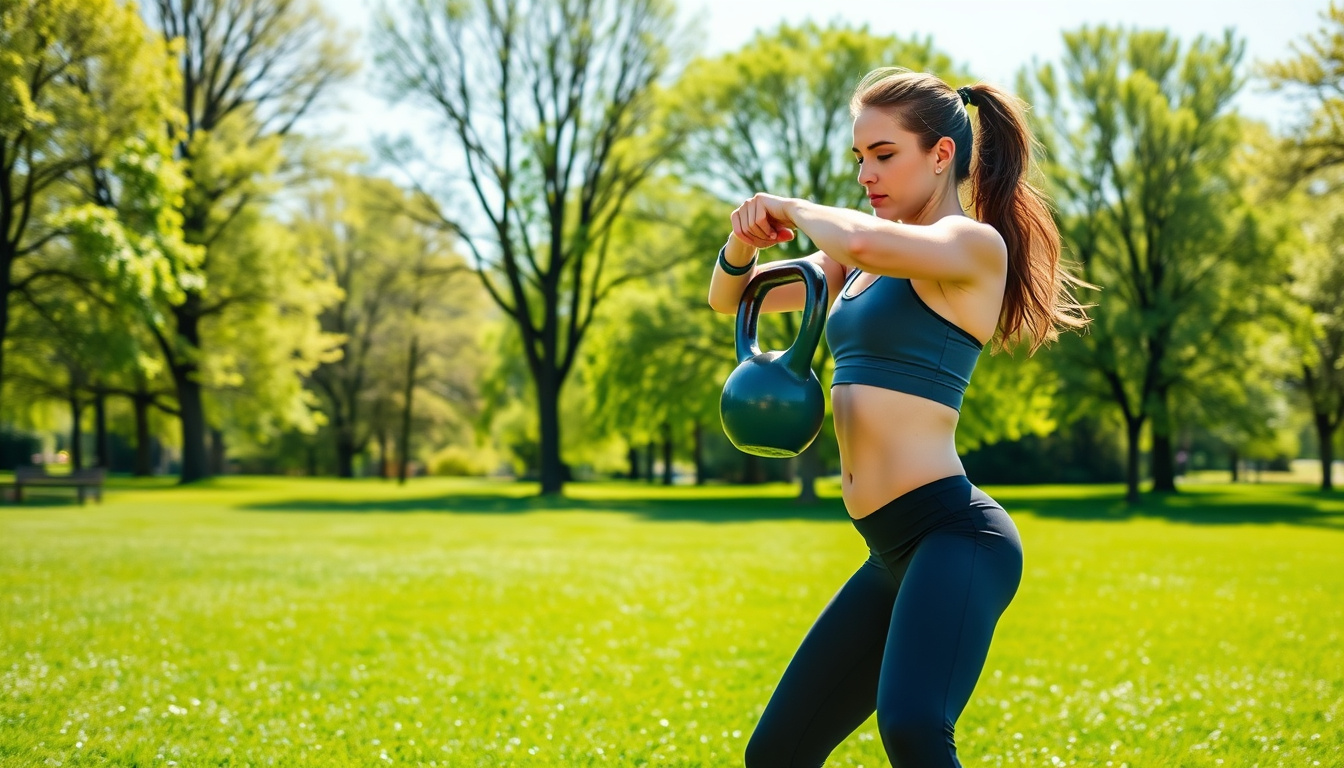In athletic performance, athletes build power, speed, and agility. Plyometric training uses quick, forceful moves. It makes muscles work with fast pull and push actions that create strong results. Whether you are a skilled player or a fan of fitness, plyometric training gives you new strength.
What Is Plyometric Training?
Plyometric training makes muscles stretch fast. Then they push hard in a quick act. Jump squats, box jumps, clap push-ups, and bounding show these moves. The training makes your body act with speed and force.
The Science Behind Plyometric Benefits
Plyometric training helps your body push strong fast. Muscles stretch and then push back in one action. This push makes your muscles strong and makes your nerves work fast too. Such quick links in your body help you move with speed.
Top Plyometric Training Benefits
- Boosts Muscular Power and Explosiveness
Plyometric training gives your muscles a fast burst of force. This extra force helps you jump high, sprint fast, and lift strong. Sports like basketball, volleyball, and track get a quick burst that shows in better play.
- Improves Speed and Agility
Quick and sharp moves train the fast muscle fibers. Regular plyometric moves make your running form better. They help you change direction fast and move with ease in sport and daily life.
- Improves Coordination and Body Control
Fast moves make your brain and muscles work as one. With practice, you know your body better. This close linking of signals helps you move safely.
- Builds Functional Strength
Plyometric training uses whole-body moves that mimic daily tasks. These moves build strength that helps in everyday actions and reduces strain.
- Burns Calories and Aids Fat Loss
Plyometric training raises your heart rate with quick moves. A high heart rate burns more calories while you build lean muscle.
- Spurs Muscle Growth
When combined with good food and a gradual increase in work, plyometric moves help muscles grow. They call many muscle groups to work at once.
- Saves Time
Because plyometric moves work fast and hard, you see good changes in a short time. Busy people can work hard in less time.
How to Practice Plyometric Training Safely
Remember that fast moves can lead to injury if done wrong. Follow these guides to work smart:
• Warm-up well before you start fast moves.
• Begin with low-impact moves, like squat jumps or step-ups.
• Land softly; let your knees and hips take the impact.
• Slowly grow the workout’s speed and amount.
• Allow rest days for muscle recovery.
• Ask a fitness coach for tips if you are new or if you have past injuries.
Sample Plyometric Exercises for Beginners
- Box Jumps — Leap onto a sturdy platform, then step down slowly.
- Broad Jumps — With feet apart, jump forward as far as you can, then land gently.
- Plyometric Push-Ups — Push strongly so that your hands lift off the ground.
- Jump Lunges — Switch legs as you jump into a lunge.
- Skater Jumps — Jump side to side, like you mimic a skater.
Try these moves and start your path to better athletic skills.
Plyometric Training Benefits: Summary
Plyometric training gives many gains. It builds power and speed, improves coordination, and builds strength for daily tasks. When you work with care and keep a steady pace, these moves open up your athletic skills. Start slow, work on form, and then add more challenge as you grow strong.
Frequently Asked Questions About Plyometric Training Benefits
Q1: What do runners gain from plyometric training?
A1: With plyometric moves, runners use fast muscle fibers well. This gives longer strides, quick starts, and a smoother run.
Q2: How do plyometric moves help weightlifters?
A2: Quick moves also build fast, strong muscle bursts. This helps weightlifters move more forcefully during lifts like the clean and jerk or snatch.
Q3: Can older adults use plyometric training?
A3: Yes. With care and simple moves, older adults can improve balance, bone strength, and muscle work. This practice can help lower the chance of falls.
External Source Citation:
For more details on plyometric training and its effect, visit the American Council on Exercise (ACE) at acefitness.org.
Conclusion: Take Your Performance to the Next Level
Plyometric training builds power and speed. It helps you play better, move faster, and feel strong in daily life. Start by adding quick moves to your plan, work on solid form, and push your limits step by step. Your best performance is just a jump away!



